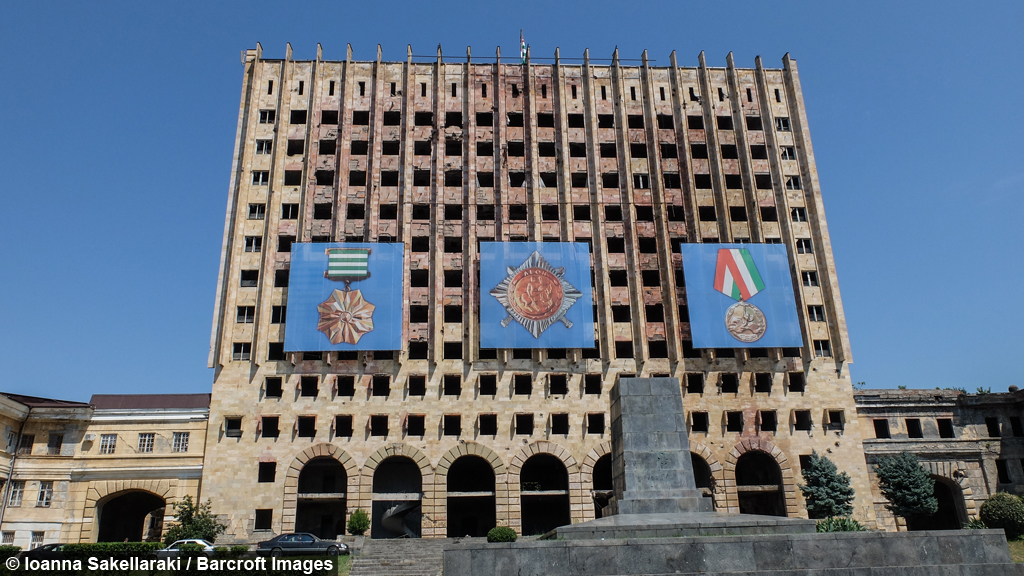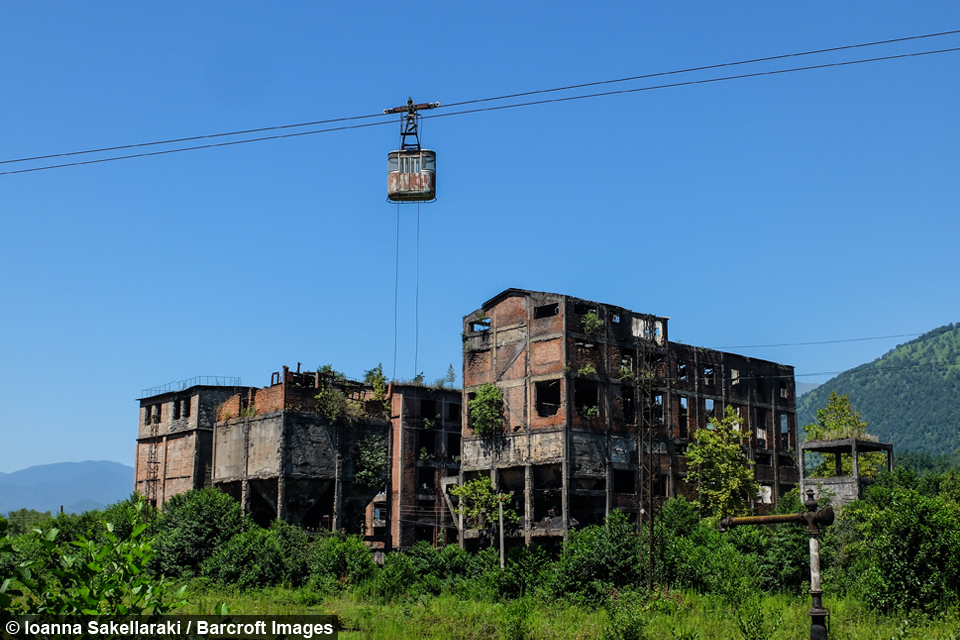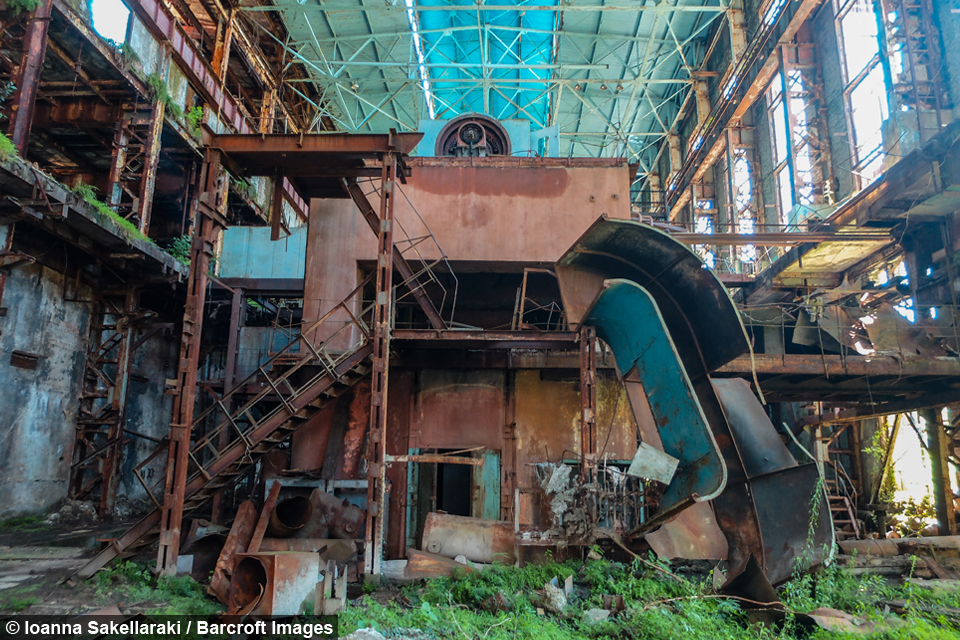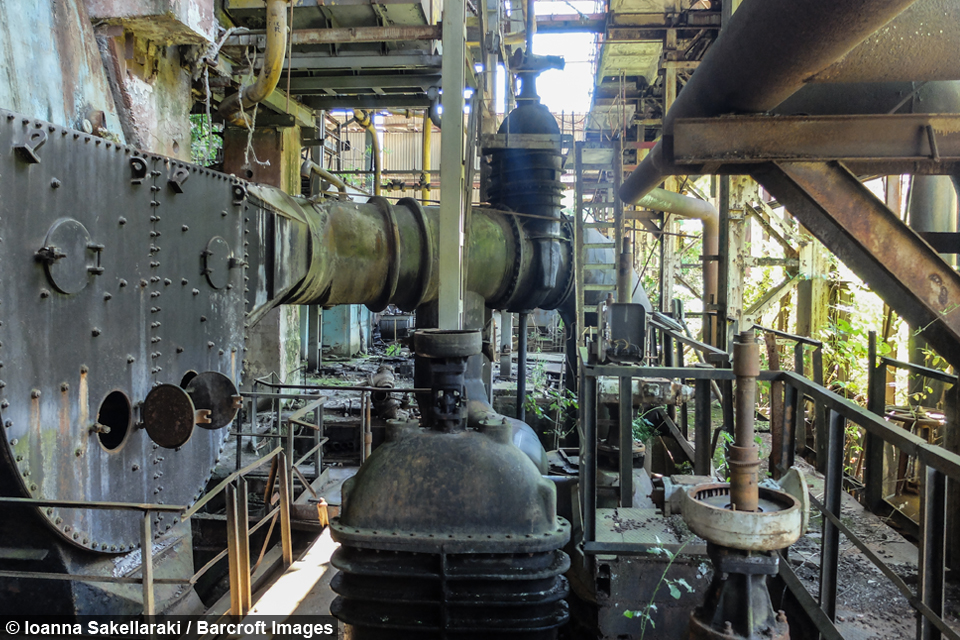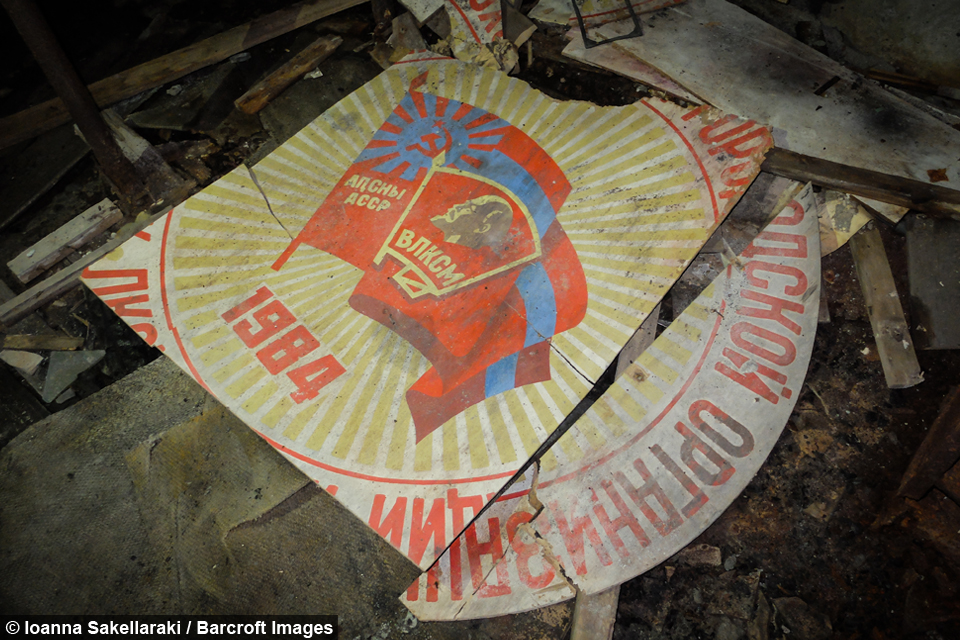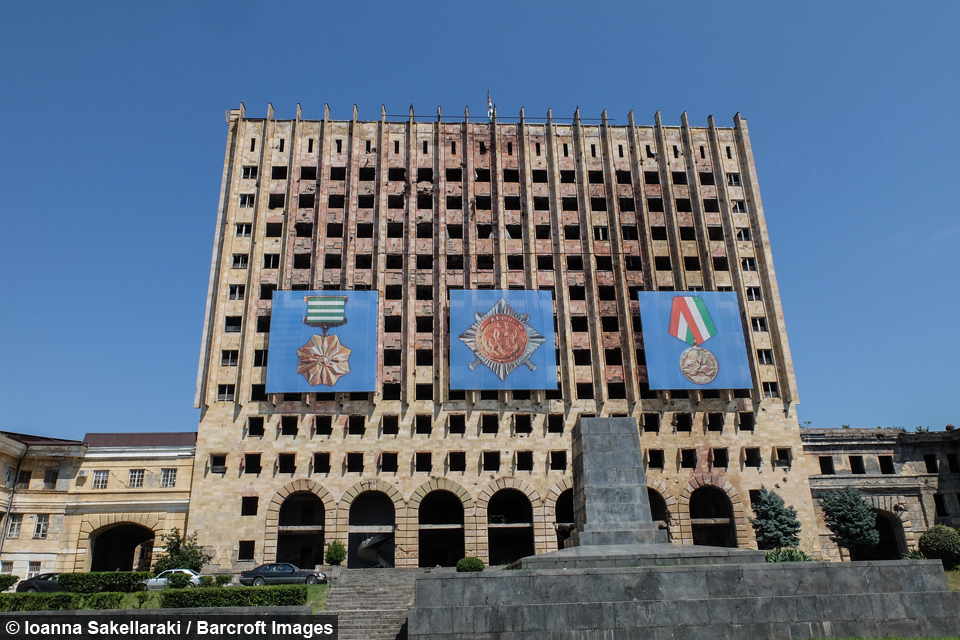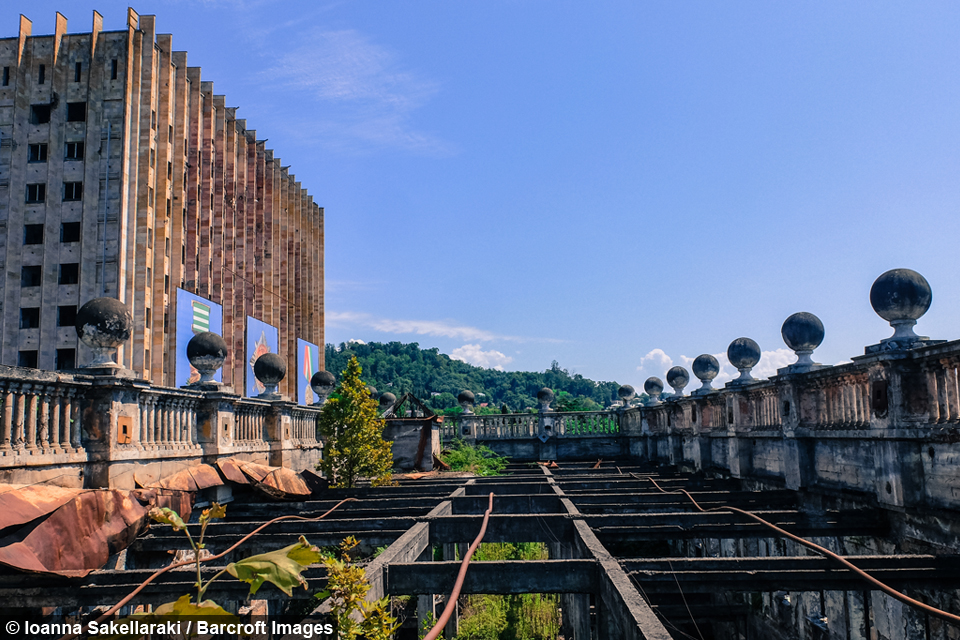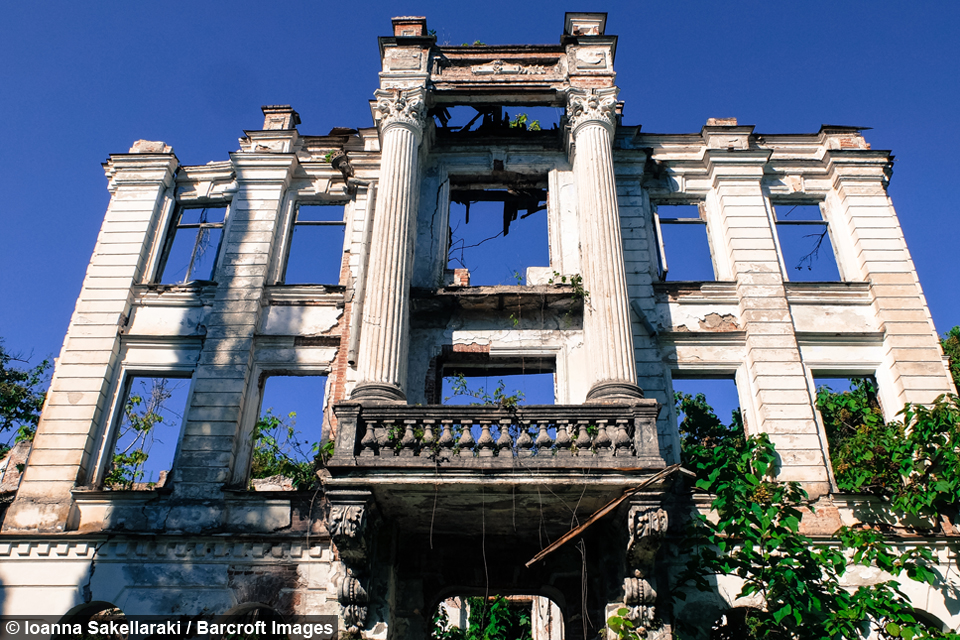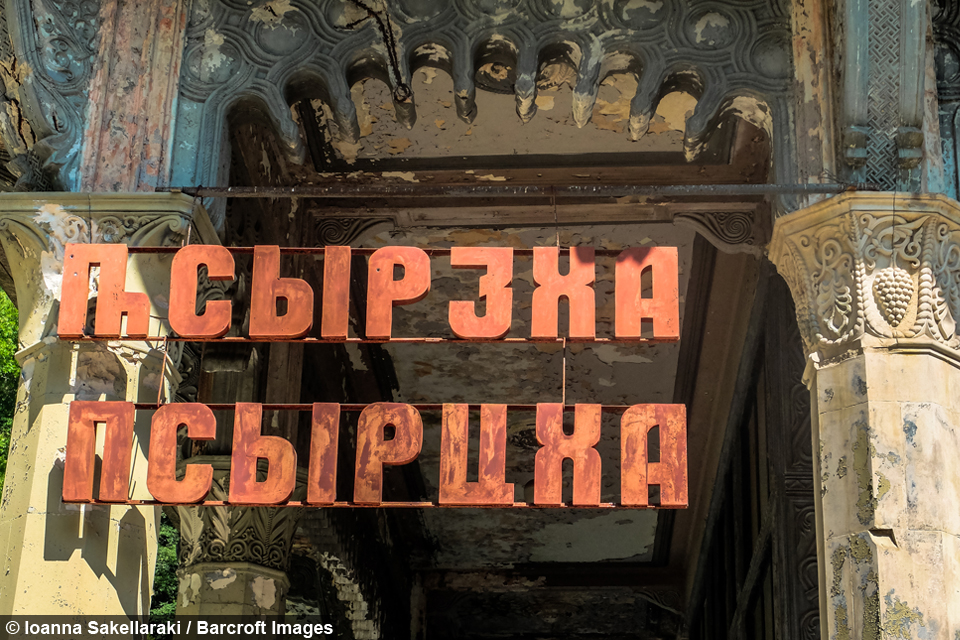Inside the abandoned buildings of Abkhazia
By Bunmi Adigun @Bunmi_Adigun
Scroll down for the full story
Photographer Ioanna Sakellaraki travelled around the disputed region of Abkhazia to document the abandoned buildings.
The partially recognised state of Abkhazia has been a hotly contested issue since its formation in 1992 when it broke away from Georgia after the fall of the Soviet Union.
After its formation a brutal year long war between Georgian and Abkhazian troops ensued, with thousands dying in suspected acts of ethnic cleansing - a fact both sides vehemently deny up to this day despite UN reports.
Ioanna said: “After the end of the conflict in 1993, Georgia made military attempts in 1998 and 2001 to take Abkhazia back, especially after the Russo-Georgian war that took place in August 2008.
“There is a fragile peace process that has been in place for the last couple of years, with Abkhazia now demanding recognition as a sovereign state by Georgia and the international community who both refuse to recognise it.”
During her time in Abkhazia, Ioanna managed to gain access into former government buildings as well as factories that still bore the bullet holes of the year long conflict between separatist forces and Georgia.
In the aftermath of the war an estimated 250,000 ethnic Georgians were forced to flee and become refugees.
Ioanna, who currently lives in Belgium, was drawn to the disputed territory after spending time in Georgia as part of a charitable organisation that helped refugees in the country.
After hearing accounts about the war from refugees she encountered, the 26-year-old was determined to travel around Abkhazia herself.
She said: “It was a natural consequence for me after all the historical context and personal stories I managed to gather to eventually plan a visit to Abkhazia itself and see the other side.”
Access to the buildings was relatively easy for the photographer despite their historical significance to the people of Abkhazia.
Ioanna said: “The buildings were not difficult to get into as they are scattered and abandoned all around the place. Sometimes there were authorities which may prevent you from taking photos but the actual access was not necessarily an issue.”
Although the war ended more than 23 years ago the buildings have been left virtually untouched. One reason for this is that the economy in the country has been in a state of turmoil since the first conflict with Georgia.
Ioanna said: “Abkhazia demands reparations from Georgia for destruction during the 1992-93 war as well as for the economic damage suffered due to the sanctions placed on Abkhazia by the CIS states -former Soviet Republics.
"A few years ago the Abkhaz capital of Sukhumi launched a campaign to preserve historic homes and restore the resort city’s faded Tsarist-era grandeur.”
After decades of neglect many of the buildings have become structurally unsafe - a fact Ioanna had to keep in mind when photographing them.
She added: “Some of them are in deteriorating state and you need to move carefully especially while using staircases and moving on the upper floors. Some of them are also pretty vast sites like the sanatorium and the factory.”
